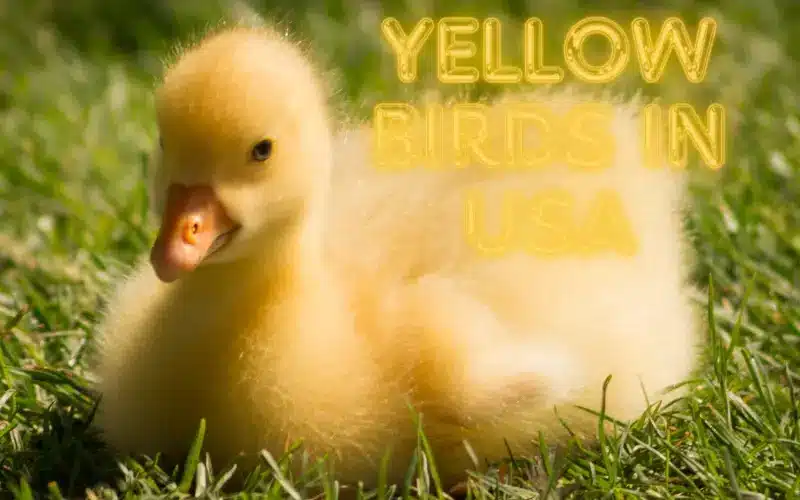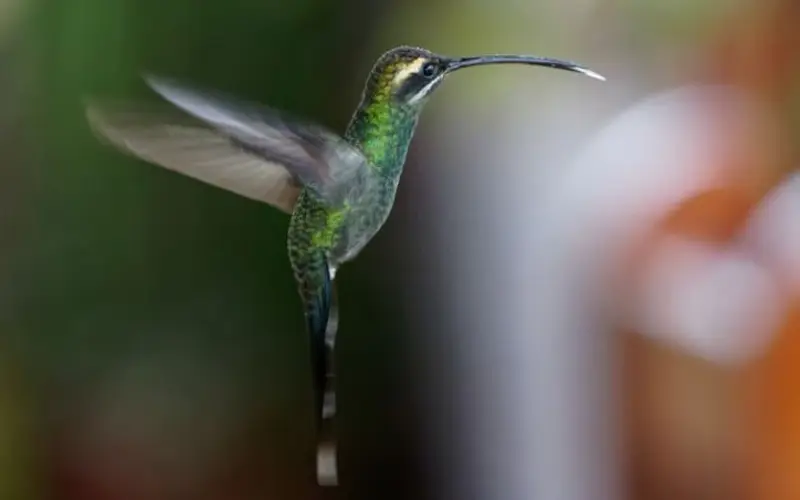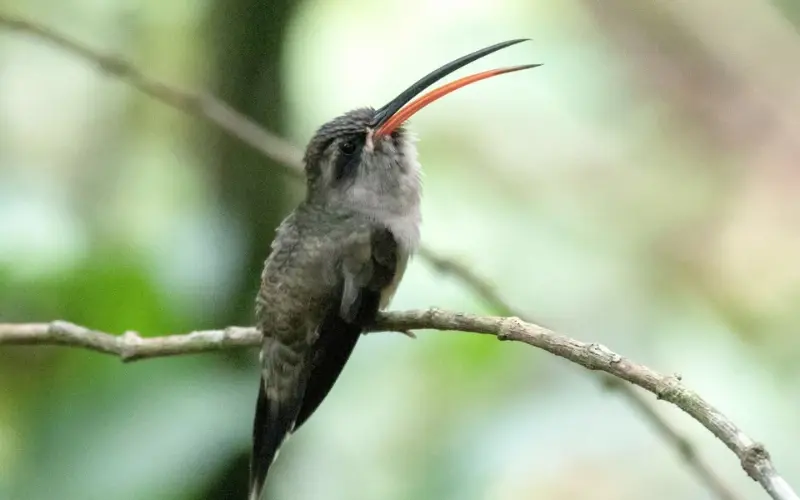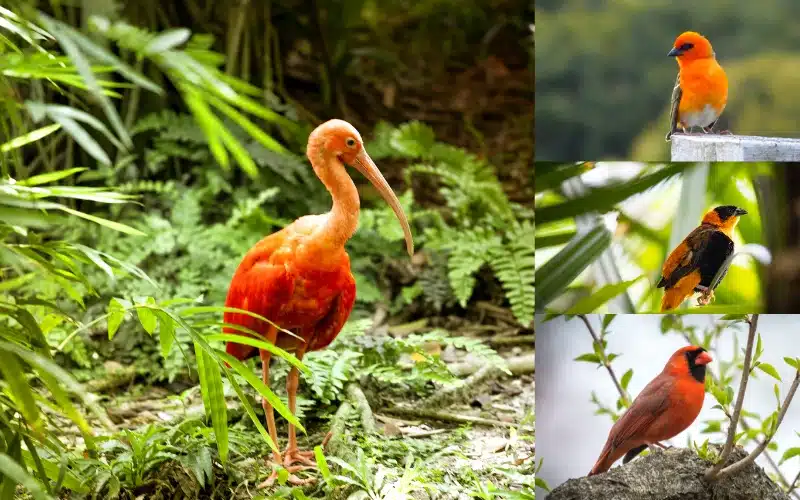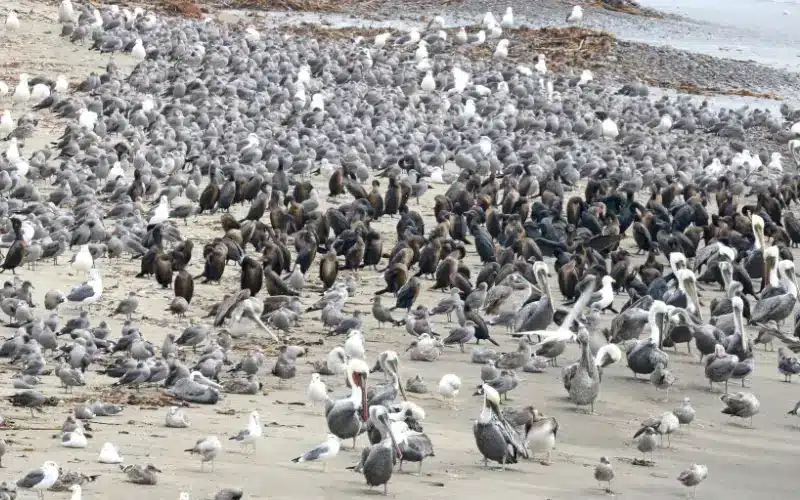Black grouse, scientifically known as Tetrao tetrix, are fascinating birds found in various habitats across the Northern Hemisphere. They exhibit distinctive physical features, and intriguing behaviors, and hold significant cultural and ecological importance. In this article, we delve into the world of black grouse, exploring their habitat, behavior, diet, conservation status, and more.
Black Grouse Introduction
This Grouse often referred to as black game or blackcock, are medium-sized birds belonging to the grouse family. These birds are native to Europe and Asia, with populations scattered across forests, moorlands, and grasslands.
Habitat and Distribution
Black grouse are versatile in their habitat preferences, inhabiting a range of environments including coniferous forests, shrublands, and alpine meadows. They are commonly found in regions spanning from Scotland and Scandinavia to parts of Asia, including Russia and Mongolia.
Physical Characteristics
Male grouse, known as blackcocks, boast glossy black plumage with striking red combs above their eyes. During mating season, they display white undertail coverts and prominent lyre-shaped tails. In contrast, female grouse, called grey hens, exhibit mottled brown plumage for camouflage.
Behavior and Mating Rituals
One of the most captivating aspects of grouse is their elaborate courtship displays. Male blackcocks engage in spirited lekking, gathering in designated areas to compete for female attention through vocalizations, wing-flapping, and strutting displays. These rituals often involve intense male competition to establish dominance and secure mating opportunities.
Diet and Feeding Habits
Black grouse are primarily herbivorous, feeding on a varied diet of buds, shoots, seeds, and berries. During the spring and summer months, they also consume insects and invertebrates to supplement their nutritional needs.
Predators and Threats
While black grouse face natural predation from birds of prey and mammalian predators like foxes and stoats, human activities pose significant threats to their population. Habitat loss, land development, and illegal hunting contribute to the decline of grouse in many regions.
Conservation Status
Due to declining populations in some areas, these grouse are classified as a species of conservation concern. Conservation efforts focus on habitat restoration, predator management, and public awareness initiatives to safeguard their future.
Importance in the Ecosystem
These grouse play a crucial role in ecosystem dynamics, particularly in maintaining vegetation balance through their foraging habits. Additionally, they serve as prey for various predators, contributing to their habitats’ intricate web of biodiversity.
Human Interaction and Cultural Significance
Throughout history, black grouse have held cultural significance in many societies, featuring prominently in folklore, traditions, and hunting practices. However, overexploitation and habitat degradation have led to regulations aimed at protecting grouse populations and preserving their cultural heritage.
Conclusion
In conclusion, black grouse are emblematic birds with a rich tapestry of behaviors, adaptations, and ecological roles. Understanding and conserving these enigmatic creatures are essential for maintaining biodiversity and cultural heritage in their native habitats.
FAQs (Frequently Asked Questions)
- Are black grouse endangered?
- While black grouse populations have declined in some regions, they are not classified as endangered globally. However, conservation efforts are underway to protect vulnerable populations.
- What threats do black grouse face?
- grouse face threats from habitat loss, fragmentation, illegal hunting, and predation. Climate change also poses challenges by altering their habitats and food sources.
- Do black grouse migrate?
- grouse are largely non-migratory birds, although they may undertake short-distance movements in search of food and suitable breeding grounds.
- How do black grouse contribute to ecosystems?
- Black grouse play a vital role in ecosystem functioning by dispersing seeds, controlling insect populations, and serving as prey for various predators, thereby maintaining ecological balance.
- Can black grouse be kept as pets?
- Due to their wild nature and specific habitat requirements, these grouse are not suitable for domestication or captivity. It is illegal in many regions to keep them as pets without proper permits.



